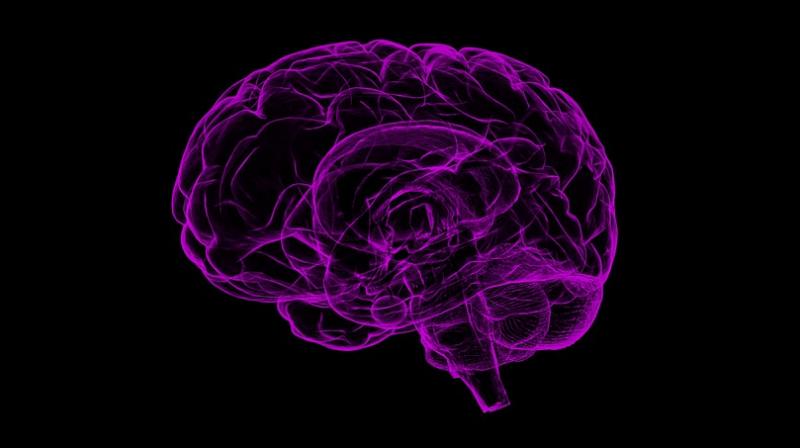Early treatment of childhood brain tumours can help children live long lives
In India, reports indicate that over 2,500 children every year suffer from brain tumour.

Paediatric brain tumour is not the end of the world; neither for the parents nor for the patient.
In India, reports indicate that over 2,500 children every year suffer from brain tumour. Experts advice that early treatment can help the child grow normally and live a long healthy life.
"There is a paucity of data on the exact statistics of the distribution of the disease nationwide. However, retrospective studies have shown paediatric brain tumour accounts for 10 to 21 percent of total intracranial tumours. In our experience, the number of paediatric brain tumour cases has risen significantly in the past few years.
It becomes all the more important that parents are aware that early treatment can help the patient to not only survive but prevent any long-term damage, and thereby increasing possibilities of leading a longer, safe life," said Dr Akash Mishra, Columbia Asia Hospital, Ghaziabad.
Brain tumours can be benign (non-cancerous) or malignant (cancerous). According to the National Cancer Registry data, frequency of cases in paediatric brain tumours varies from zero percent to 2.11 percent.
Dr. Mishra added, "Brain tumours in children are a collection of neoplasms that differ in origin depending on the cell involved. Treatment and clinical outcome of each tumour is also different. However, clinical feature or symptoms in most of the cases have a common trait, vomiting and severe headache which is usually unbearable during the morning, along with signs of seizures, poor coordination, headache, and a rapidly enlarging head specifically in babies and young toddlers. Often these signs are confused by parents with the symptoms of gastrointestinal diseases or other causes which may delay diagnosis"
The symptoms appear as the tumour presses the nerves in the brain creating tremendous pressure in the skull. Tumour can damage the brain, fluid buildup and swelling in the brain is also common when affected by tumour.
"There is an average survival rate of five years in patients with brain tumour. Early detection of the disease plays a crucial role in deciding the line of treatment. The earlier a tumour is detected, lesser the chances for it to grow in size. Every year, over 250,000 people are detected with primary brain tumour around the globe, accounting for over two percent of all malignancies occurrence," said Arunima Patel, iGenetic Diagnostics.
In India, every year 40,000-50,000 peoples have diagnosed with a brain tumour, of which 20 percent are children. The increase is indeed alarming because just a few years back the data pointed at only 5 percent of pediatric brain tumour occurrence.
"This may be because increasing awareness has caused more people to come out for diagnostic testing. Advance testing methods have also made testing more cost-effective. This helps the clinicians to identify the line of treatment for the particular patient. The symptoms, diagnosis, treatment, and prognosis vary depending on the type and location of the tumour. Personalised diagnosis is the key here. Along with therapy tends, personalized diagnosis can improve survival rates among cancer patients. Each tumour has unique clinical features so the plan of treatment cannot be general in nature. Awareness alone can lead to the early detection which in turn will expand the possibility of a cure and cut down cost burden for the patients" concluded Patel.

